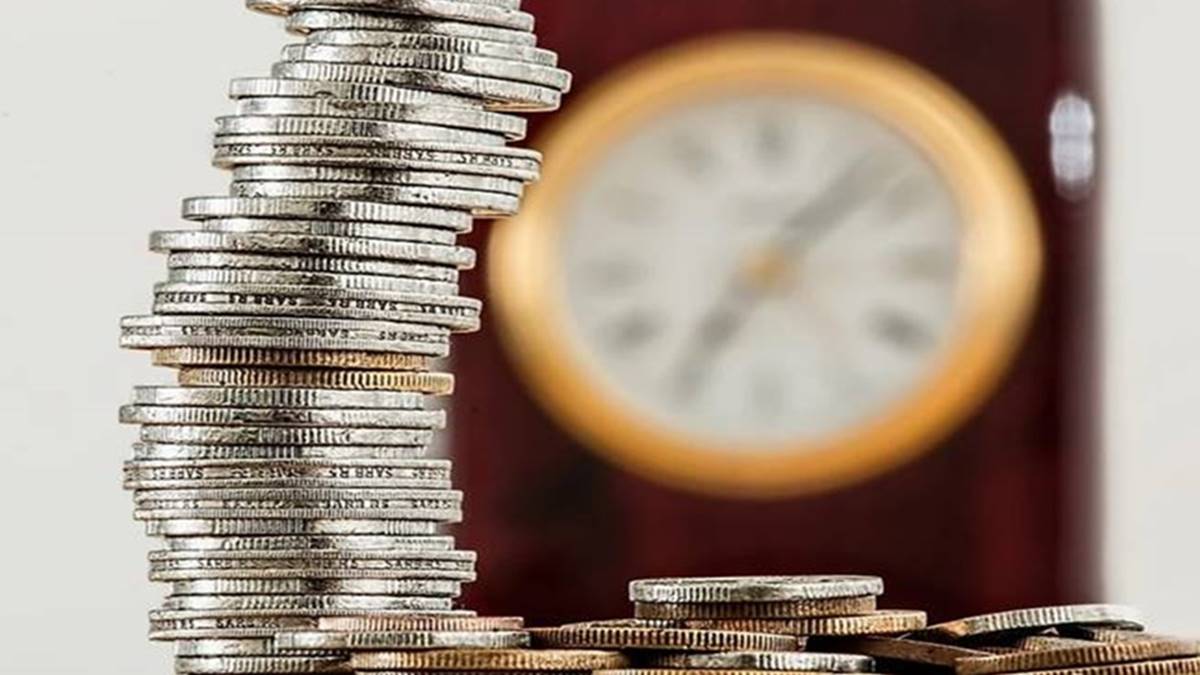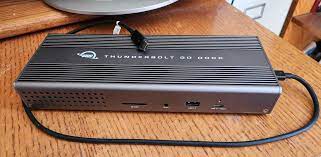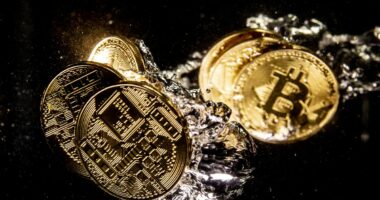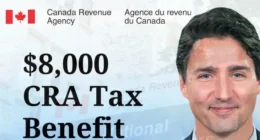Even though it is uncertain whether or not growth will turn negative in the coming year, the U.S. economy finished 2022 in good shape.
The Commerce Department reported on Thursday that the annualised growth rate of the nation’s gross domestic product (GDP; the value of all final goods and services produced during the fourth quarter) was 2.9%. Dow Jones polled economists, and they predicted 2.8%.
Slower growth compared to the 3.2% rate seen in the previous quarter.
The growth in consumer spending, which accounts for roughly 68% of GDP, slowed to 2.1% from 2.3% in the previous period but is still positive.
After reaching 41-year highs in the summer, inflation readings dropped significantly by year’s end. Although the 3.2% increase in the PCE price index was in line with expectations, it was a significant slowdown from the 4.8% increase seen in the third quarter. The chain-weighted index increased by 3.9%, down from 4.7% before excluding food and energy.
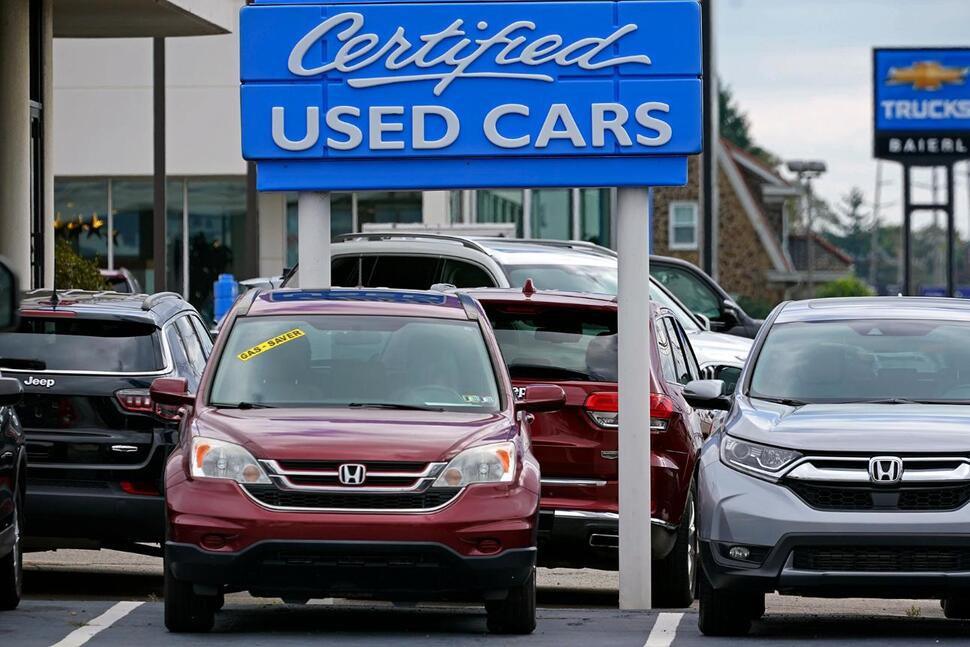
The data showed that inflation is decreasing, but it is still significantly higher than the Federal Reserve’s 2% goal. Increases in private inventory investment, government spending, and nonresidential fixed investment all contributed to the GDP’s upward trend.
Residential fixed investment dropped by 26.7%, reflecting a sharp slide in housing, which weighed on growth. Exports fell by 1.3% as well. About 1.3 percentage points were subtracted from GDP as a result of the housing downturn.
Also Read: Who is Ajay Banga, nominated by US President Joe Biden to head World Bank?
The growth in federal spending was 6.2%, with the increase coming primarily from an 11.2% increase in nondefense outlays and a 2.3% increase in spending at the state and local levels. To GDP, government spending contributed 0.64 percentage points in total.
The rise in stock on hand also contributed significantly, increasing the overall impact by almost 1.5 percentage points.
According to Capital Economics’ senior U.S. economist Andrew Hunter, “the mix of growth was discouraging,” and “the monthly data suggest the economy lost momentum as the fourth quarter progressed.” The interest rate hike has a lag effect, and we still anticipate a mild recession to hit the economy in the first half of this year.
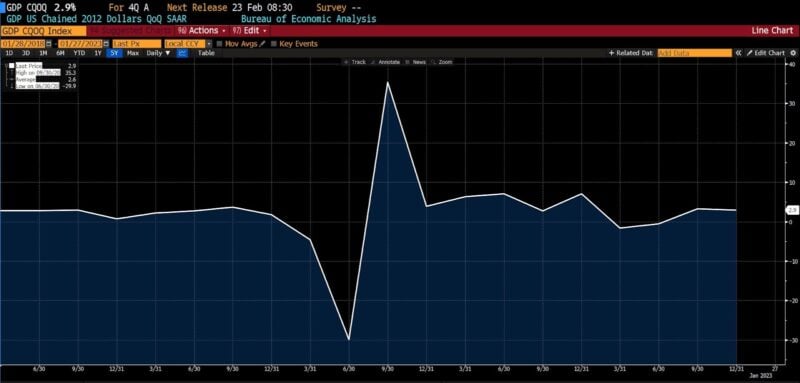
Although GDP increased at its fastest rate since 1984 in 2021, the first two quarters of 2022 saw negative growth, fitting the standard definition of a recession. Nonetheless, growth accelerated in the final two quarters and optimism was raised for 2023 thanks to a robust labour market and resolute consumers.
Similarly to how the economy wasn’t as weak in the first half of 2022 as GDP reports suggested, the fourth quarter GDP release also overstates the economy’s strength, according to Plante Moran Financial Advisors’ chief investment officer Jim Baird. The economy expanded at a solid pace towards the end of last year, “held aloft by resilient consumer spending,” but it is still at risk of a more pronounced slowdown in the coming quarters.
Also Read: Victim Out Of Coma After NYC Truck Attack, Wife Says
On Thursday, another economic report highlighted the strong, tight labour market. With a 6,000 decrease, the latest weekly unemployment claims number is the lowest it’s been since April 2022 and significantly lower than the 205,000 Dow Jones prediction.
The December increase in durable goods orders, at 5.6%, was also significantly higher than expected, coming in at 2.4%. While demand for Boeing passenger planes contributed to the headline number, orders actually decreased by 0.1% when excluding the transportation sector.
Most economists still expect a recession to hit this year even though the economic data has been mostly positive.
Inflation will likely be reined in this year thanks to a series of aggressive interest rate increases from the Federal Reserve. Since March 2022, the Federal Reserve has increased its benchmark borrowing rate by 4.25 percentage points, bringing it to its highest level since late 2007. It may take some time for the full impact of a rate increase to be felt.
Also Read: A.I. is Irreversible: “The Genie Is Out Of The Bottle.”
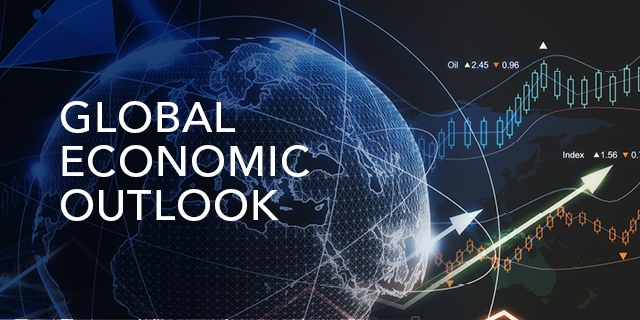
Investors expect the Federal Reserve to raise interest rates by another quarter of a percentage point at its meeting next week, and then do so again in March.
Although the economy as a whole has been growing, some subsectors have begun to show signs of recession. Permits for new construction were down 30% in December from a year ago, and new housing construction starts were down 22%.
Fourth-quarter earnings reports from major companies also point to a possible earnings slowdown. Refinitiv reports that with nearly 20% of S&P 500 companies reporting, earnings are down 3% despite 4.1% growth in revenue.
Also Read: Twitter Becomes First Social Media Platform to Allow Cannabis Ads in the US

